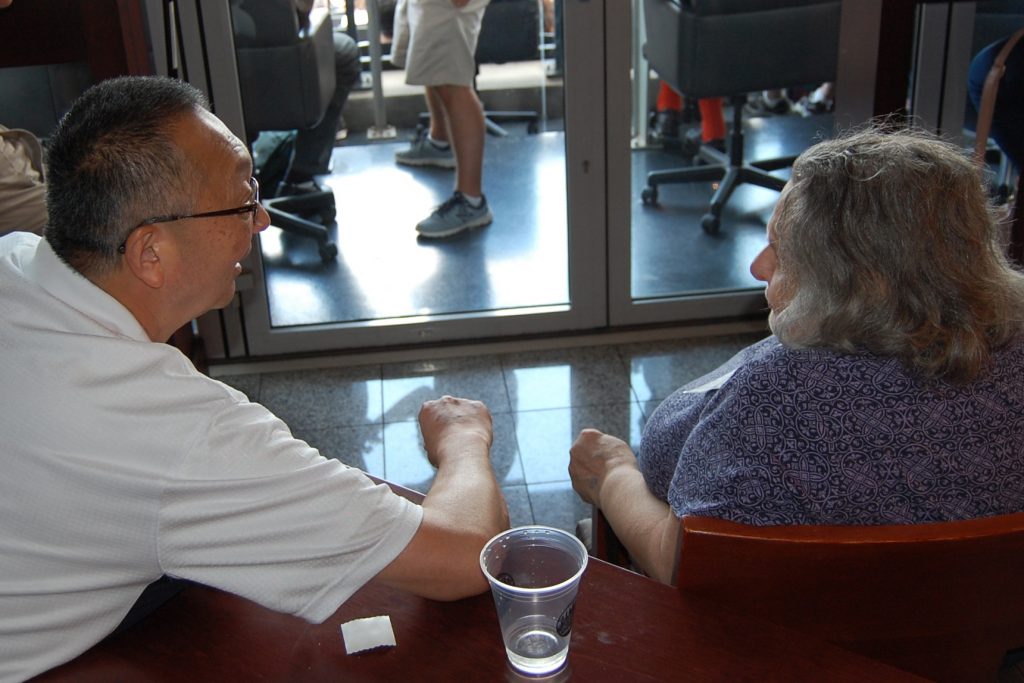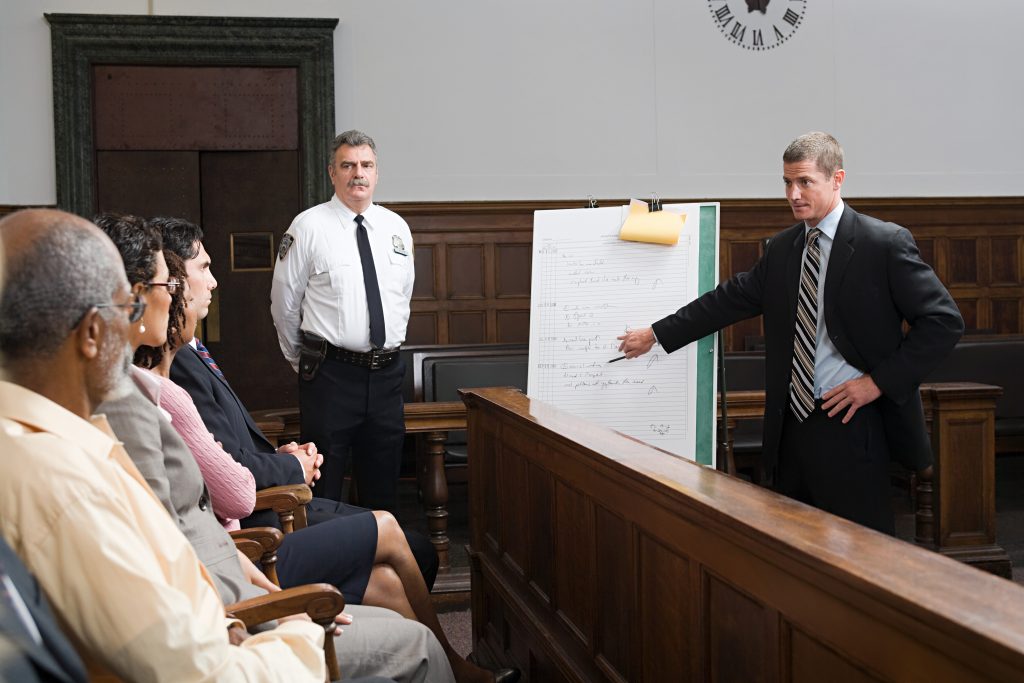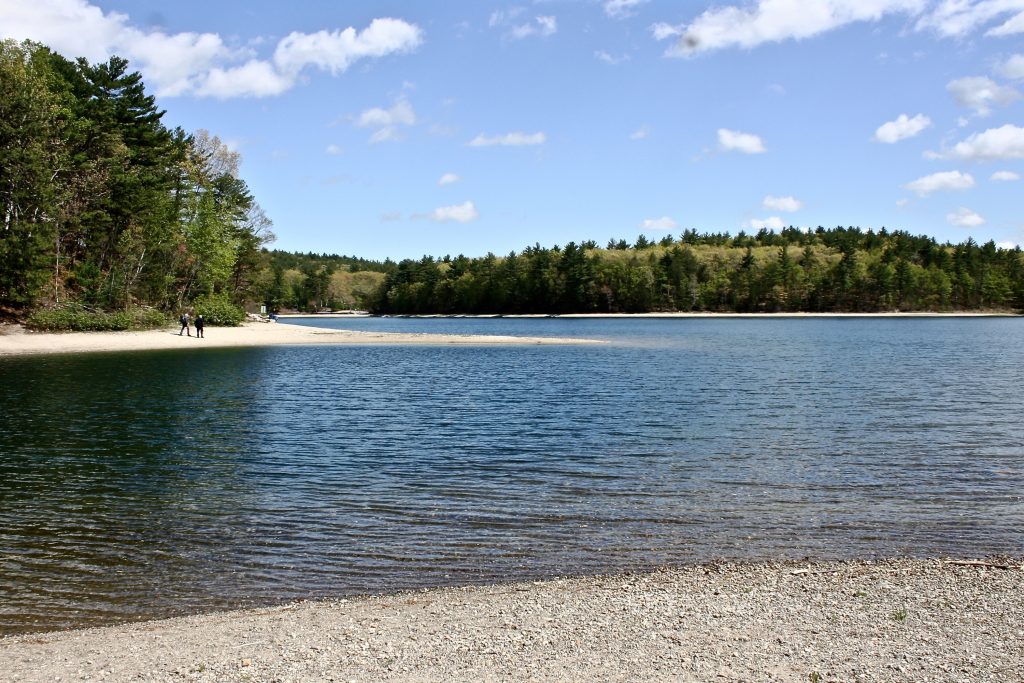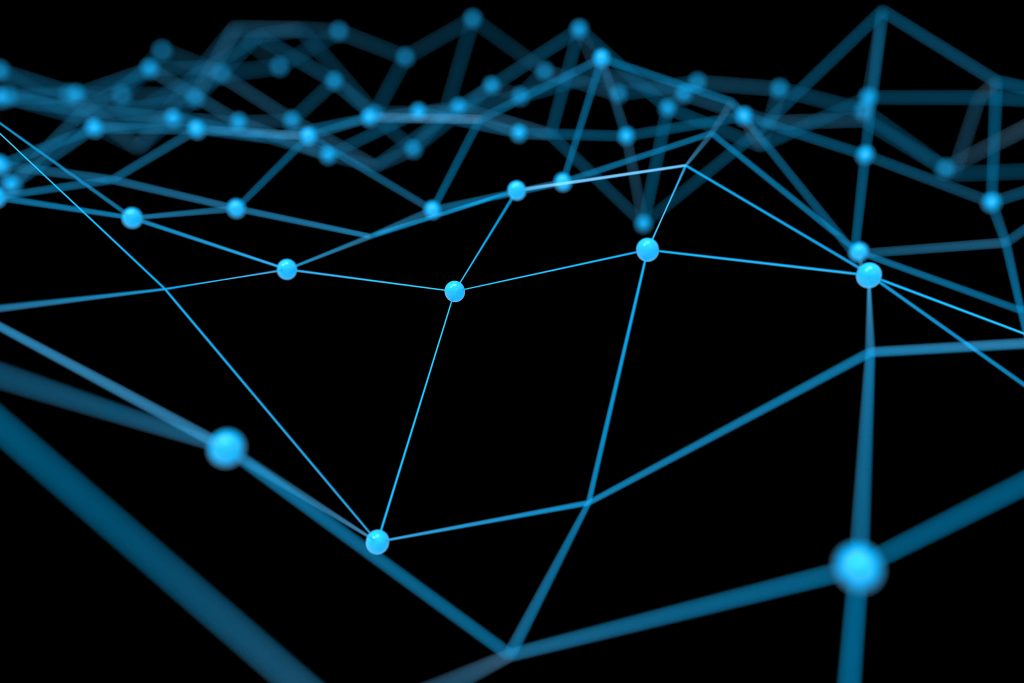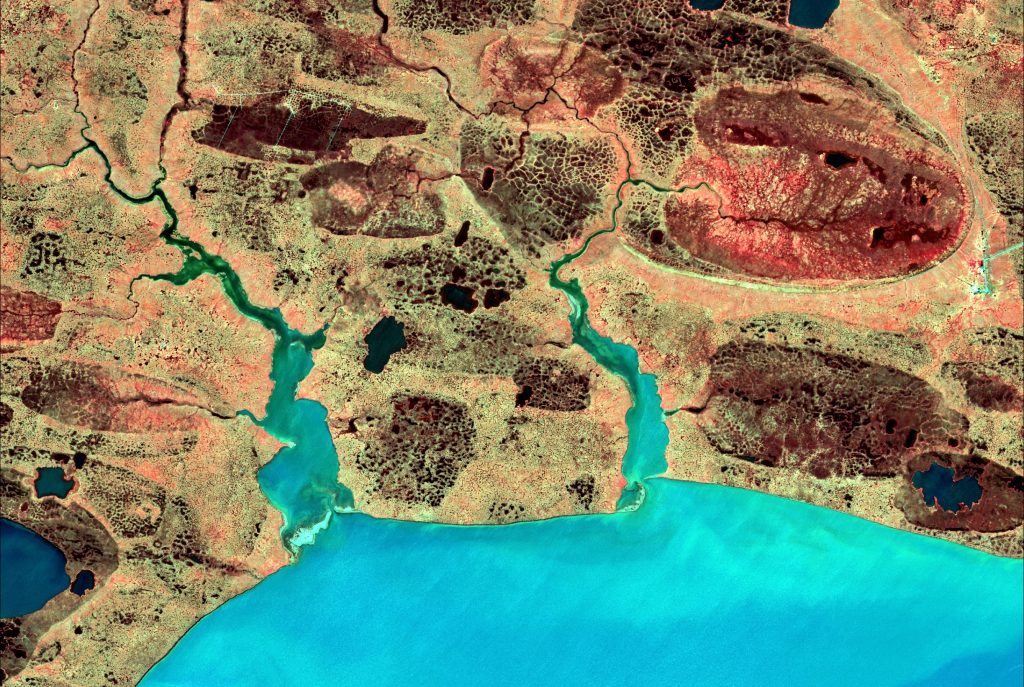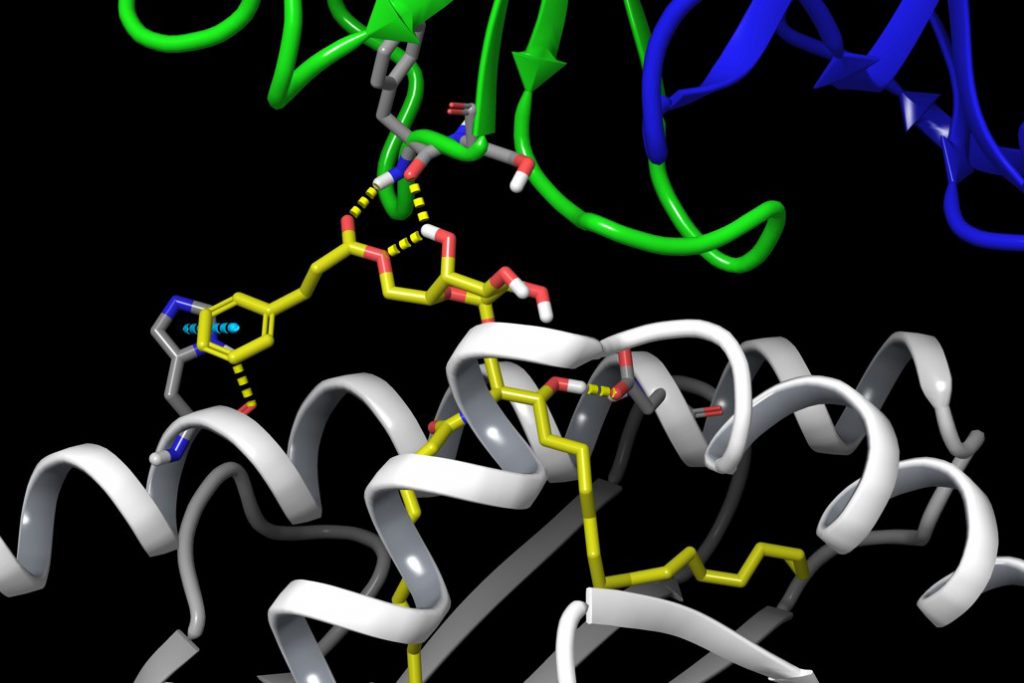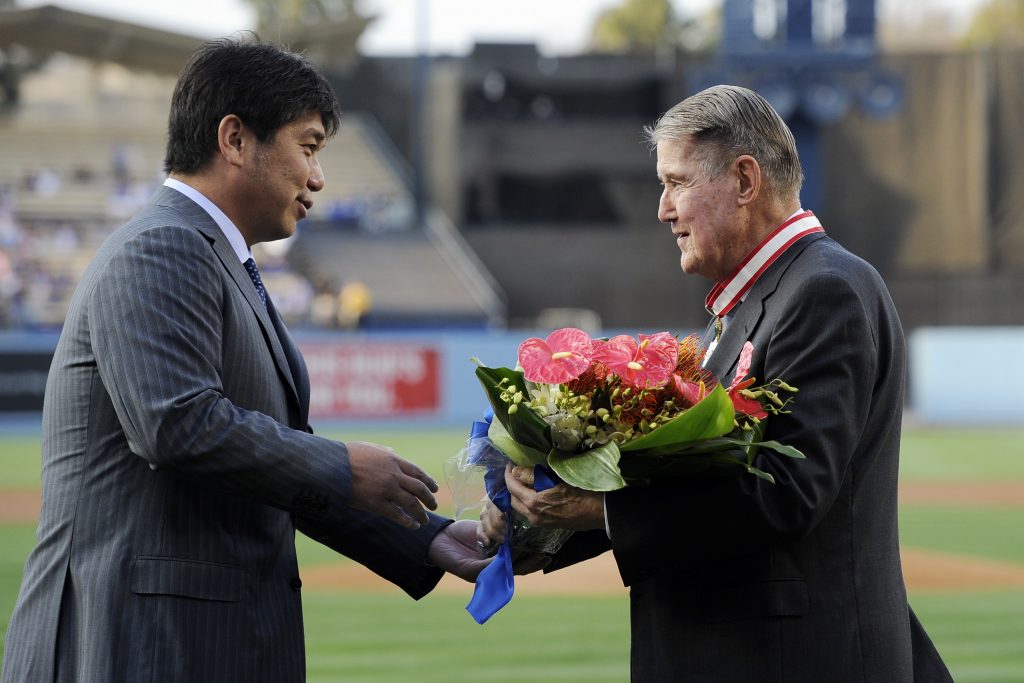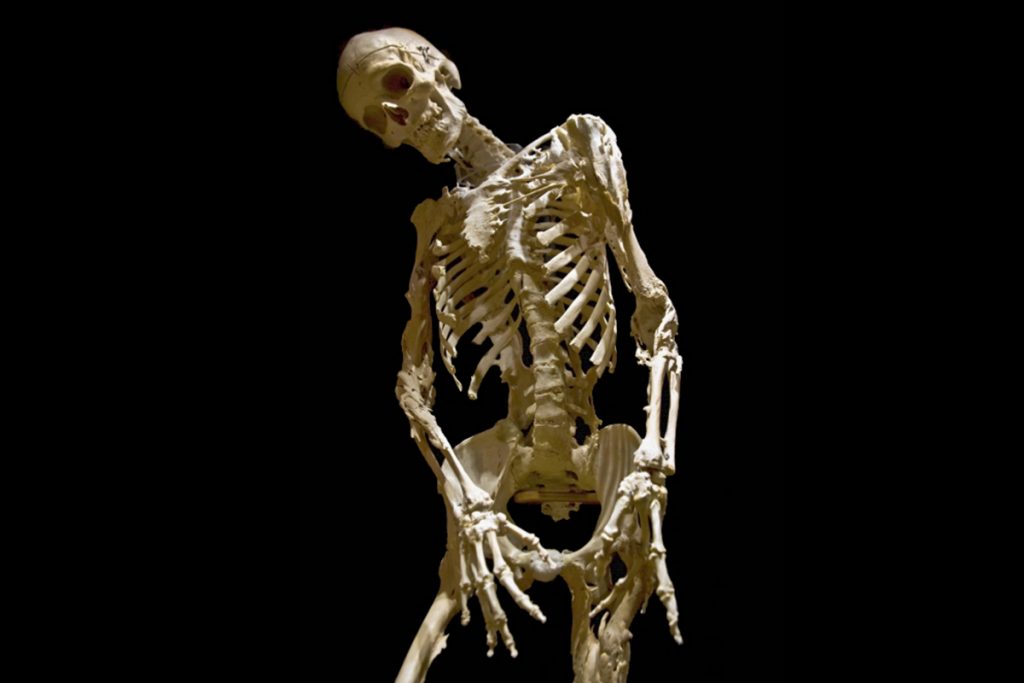Research & Discovery
Improving the Lives of Those with Dementia by Using Memories of Baseball
Other nations are responding to Alzheimer’s in innovative ways. Sports – specifically 'sports reminiscence therapy' – is increasingly playing a role, says UConn professor.
April 6, 2018 | Michael Ego, Department of Human Development and Family Studies
Researcher Examines Police Perjury as Part of Legal Culture
Whether prompted by pressure to secure convictions, or by inadequate police disciplinary procedures, false testimony by police is ingrained in the system, says law professor Julia Simon-Kerr.
April 5, 2018 | Mike Enright '88 (CLAS), University Communications
Thorson’s Guide to Walden Pond
When UConn geologist Robert Thorson discovered there was no guidebook to one of America's most iconic places, he set out to write one himself.
April 5, 2018 | Kenneth Best
Designing a Smart Sensor Network for Tracking Submarines
A UConn researcher at the National Institute for Undersea Vehicle Technology is developing a 'smart sensor network' that is energy-efficient and resilient.
April 4, 2018 | Office of the Vice President for Research
Piecing Together Our Planet Pixel by Pixel
UConn researcher Chandi Witharana is using remote sensing as 'a virtual passport' to monitor vast expanses of land in remote areas, including the Arctic tundra.
April 3, 2018 | Elaina Hancock
New Compound Helps Activate Cancer-Fighting T Cells
UConn researchers have identified mechanisms responsible for improved immune system activity, offering new approaches for more effective cancer treatments and vaccines.
April 2, 2018 | Colin Poitras
How Privacy Concerns Drive Website Business Models
Limiting online privacy intrusion may be best accomplished through the invisible hand of the market itself, says business professor Ram Gopal.
March 28, 2018 | Ram Gopal, GE Capital Endowed Professor of Business, Department of Operations and Information Management
The Tragic Story of America’s Only Native Parrot
In a world that faces extinction on a scale not seen in the past 65 million years, some may wonder: Aren’t there more important things to study? Read what UConn postdoc Kevin Burgio says about why the Carolina parakeet matters.
March 28, 2018 | Kevin Burgio '10 (CLAS), Department of Ecology & Evolutionary Biology
Babe Ruth in a Kimono: How Baseball Diplomacy has Fortified Japan-US Relations
The sport has been a unifier, bringing together the people of two nations with vastly divergent histories and cultures. Opening Day is Thursday – play ball!
March 27, 2018 | Steven Wisensale, Department of Public Policy
Bones in All the Wrong Places
UConn researchers have shown how a mutation causes certain cells in muscle tissue to develop into cartilage and bone at injury sites.
March 27, 2018 | Kim Krieger
